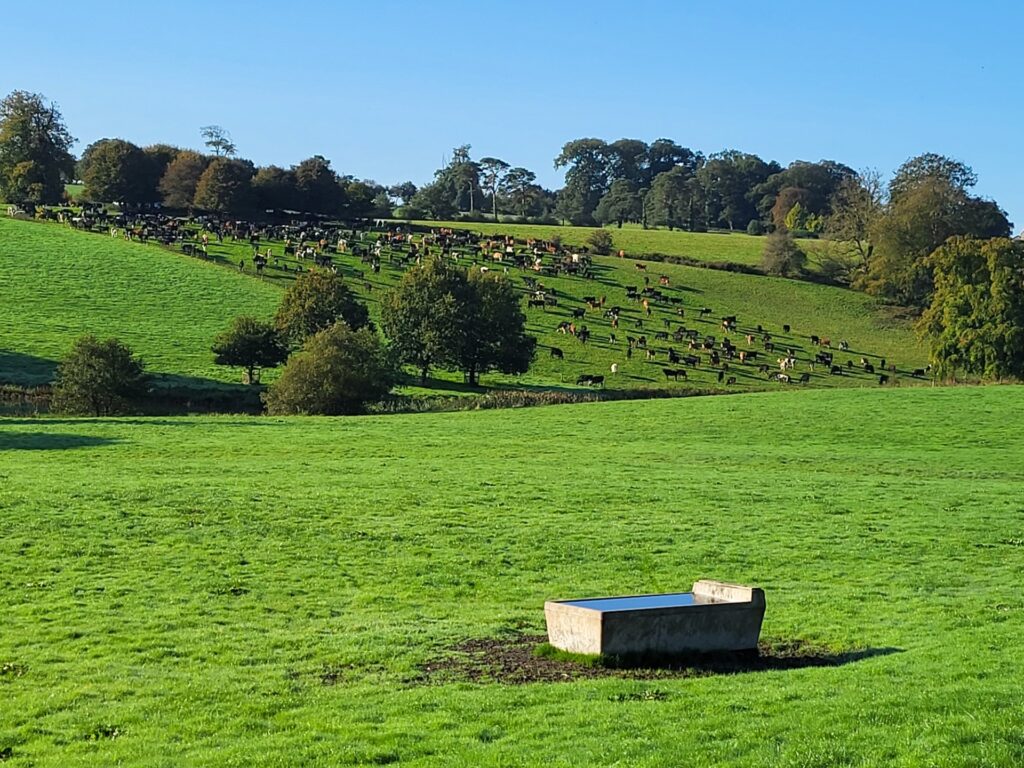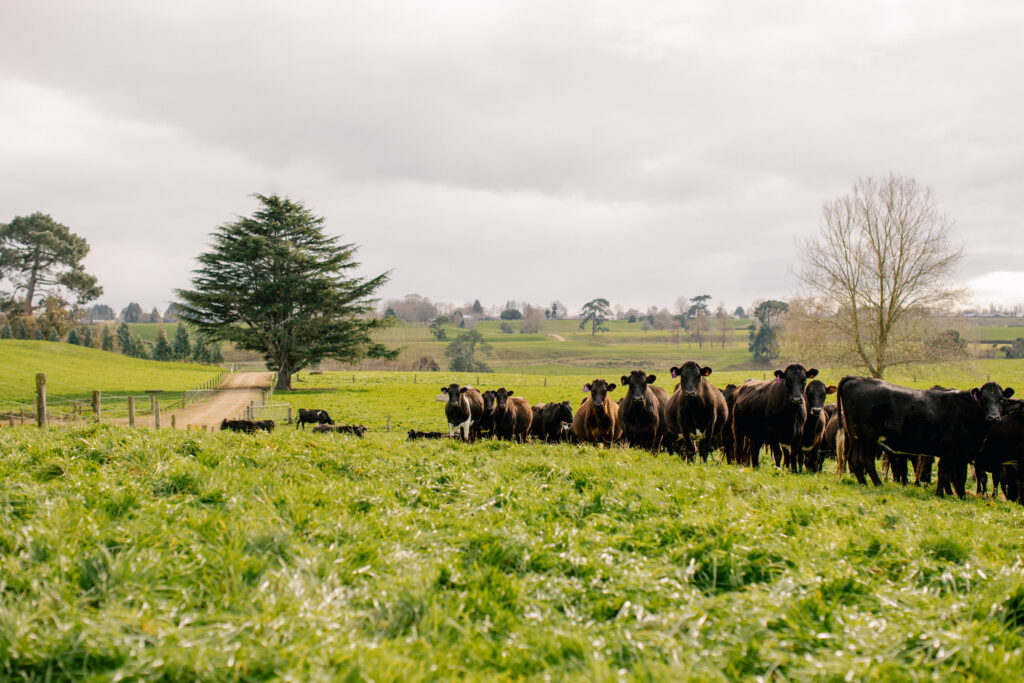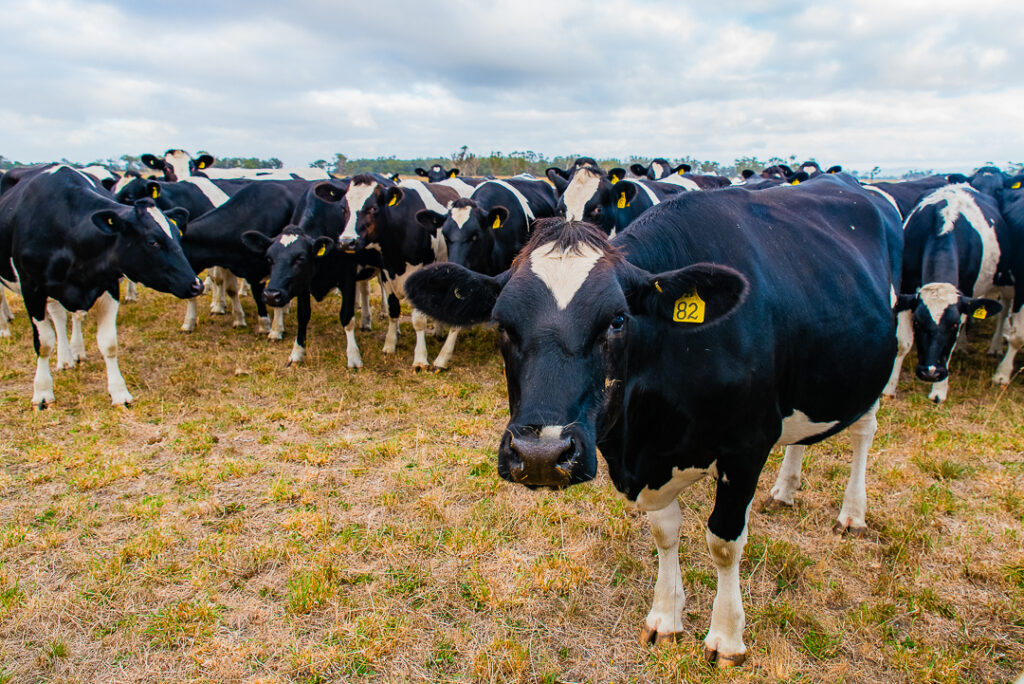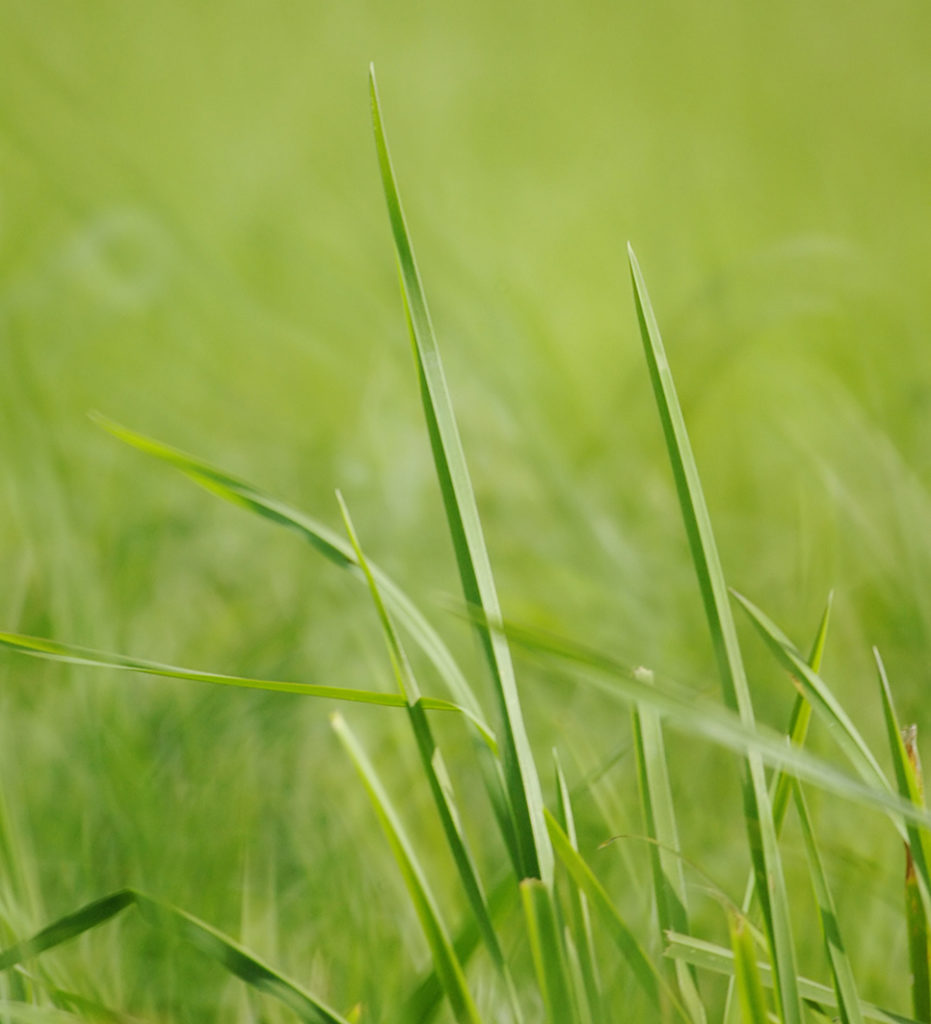Pasture to Profit consultant Piers Badnell looks at the opportunities with 10-in-7 milking and shares the experiences of four UK dairy farmers using this system on their farms.
Brent Boyce, LIC FarmWise consultant in the Upper South Island of New Zealand, has been working with clients in New Zealand on variable milking times for many years. A number of UK producers saw his first presentation on 10-in-7 in late 2020. They tried it, and their results were good. It looked as though there was potential for 10-in-7 in the UK. See Brent’s findings in our alternative milking webinar
Since his presentation, 10-in-7 has grown in popularity. Here are some experiences of UK farmers who’ve tried it on-farm.
Mark Hoskins – spring calving 420 cows in Wiltshire
Mark changed from twice-a-day to three times in two days before Brent’s presentation and was part of the panel on our webinar.
He said it had gone so well that he was intending to go 10 in 7 in 2022. Mark started on once-a-day post calving for five weeks and then went 10 in 7. When I asked him how it had gone, he said “Brilliant, I have not looked back”. That’s a great start, so let’s explore in more detail.
The cows adapted well and quickly, but at first Mark said they did not come to the gate. More to do with allocations than anything else, he believed 24-hour allocations would sort this. Body condition has been excellent which Mark puts down to 10 in 7. SCC has been good, submission in the first three weeks was 90%.
In terms of production, his herd peaked at 25 litres on twice a day and has peaked this year on 10 in 7 at 22.5 litres. But in terms of milk solids they peaked previously on twice a day at 2 Kg and 10 in 7 also at 2 Kg.
Mark will wait till the end of the season to see if there are any litres lost or if they are going to have a flatter lactation curve. He says there have been cost savings in terms of electricity, dairy chemicals, and labour. It’s been a big win for himself and his team, allowing for later starts, more time for all the other essential jobs and time to think.
Mark commented he and his staff would not want to go back to twice a day and said how the system will help with staff retention. Overall the switch has been a success, and Mark looks forward to the end of season to see if there are any effects on yield and income.
Mark Read – spring calving 260 cows in Dorset
Mark is in the ‘Moovin on up’ discussion group with Mark Hoskins and like others has started 10 in 7 this spring. Mark started in the last week of April as he likes to milk twice a day at the start of calving to aid the management of colostrum cows. This also allows time, pre-breeding for the cows to settle.
Mark said the cows got used to it within three days which was faster than the staff did. Part of the move was due to Mark’s weekend relief milker not being able to milk weekends anymore, so 10 in 7 simplifies the weekend and makes it manageable for one person. As an example, weekend milking’s do take longer, this means there is more time during breeding to apply scratch cards and draft cows.
Mark says he can’t see any downsides. For the first three to four pickups, the milk was down 18% but then came back and is now running on the same production as it did this time last year. It’s better for people, including Mark and will help him retain his team.
Cow fertility is good with three-week submission rate at 87%, which is the highest it’s been compared to recent years which were running at 83-85%.
Body condition has been the best it has ever been at this time of year.
When asked about the negatives, the break sizes are a little complicated but practice will sort this out. Cost savings have not been seen yet and he will need new time clocks for water heating that will save on relief work, one day a week.
The lie ins are very good, and the cows adapted to it very quickly. Mark plans to milk 10 in 7 all year and may review his twice a day milking of colostrum’s at the start of the season.
James Rowntree – spring calving 200 cows in North Yorkshire
James started 10 in 7 towards the end of the season last year and milked 10 in 7 from the start of this season and is loving it.
Milk is down by 4% but fertility is up and has made a significant difference to body condition. The season has been good, so it’s a mixture of weather and 10 in 7. Three-week submission is 95% where in previous years it was 90-92% and he has not seen many returns. James has increased both cows and land and will eventually go once a day in the future, so 10 in 7 is a good halfway point.
The cows have adapted very easily, and it’s made weekends and life a lot easier as James does not have many staff. In terms of allocation, the days where the cows are milked twice a day, they get a 12-hour allocation and on the days where they are milked once, they get 24-hour allocation.
The cows have adapted very well with no issues. Cost savings total £900 a quarter on electricity, lameness has improved, the cows are a lot more relaxed along with better body condition. SCC did rise to 250 but a milk recording found the culprit and now SCC is back to a normal 150.
James has been incredibly surprised at the lack of drop in production, with fat and protein up. At the back end of last year, they hit 6% fat and 4.2% protein. Normally in the spring, fat would drop to 4% but the lowest this spring was 4.25% and they’re now running at 4.45% with 3.65% protein at the time of writing. Finally, due to 10 in 7 James has been able to graze paddocks he has never been able to before, which are a 1.5-2 kms walk and has seen no milk drop.
Guy Ford – spring calving 300 cows in Cheshire
Guy started 10 in 7 at the back end of last year and will go 10 in 7 again in September this year. Cow condition was good, no loss of production, solids up and no increase in SCC. A good lifestyle choice.
He kept the same morning milking times all the way through. Body condition is better, and the cows were content, the benefits were more positive than he anticipated. Cost savings have not been analysed yet but he’s soon to do CFP, so that will show any. Once settled on 10 in 7 he was able to graze the cows until drying off in mid-December and it made grass allocation easier.
Other members of his discussion group have tried it and had good results. He was nervous of making the change but once he’d done it, he was very happy he had.
My thoughts on 10-in-7 milking
There are many similar positive themes running through all four businesses, with no negative points, but as yet it’s still early days. As lactations and full financial implications are yet to be completed, it seems positive at the moment, so maybe 10 in 7 is something more spring calvers ought to consider for the reasons mentioned so far.
Here are my thoughts for autumn calvers based on the experience of spring calvers. The positives found by the spring calvers with 10 in 7 is certainly realisable by autumn calvers in late lactation. I would suggest from the time the cows are outside 24 hours in the spring, the positives listed are there for autumn calvers to take advantage of as well.
The biggest area is around attracting staff and retaining them, plus it’s easier on cows without a reduction in yield. I’m not aware of any autumn calvers using 10 in 7 late lactation, maybe there’s a greater risk around a drop in production. However if milking times as suggested are applied, udder memory should take care of production.
Perhaps upping the ante a little more, we should look at freshly calved autumn cows. Most grass based autumn calvers yield between 6000 and 7500 litres and so peak at between 25 to low 30’s litres, depending on when planned start of calving is, and peak at or just before housing at night. Before housing at night, these cows grazing on 10 in 7 would drop their walking by 28% (energy use for walking – flat 2MJ ME / kilometre, rolling 3MJ ME/Km and steep 6MJ ME / Km).
Other benefits are fresh calved heifers would have less walking and, if allocated 24-hour paddocks, arguably could attain a greater dry matter intake or maximise their intake of quality as opposed to being last to a 12-hour break and then competing with older cows for what’s left. On the people side of it, it would ease the start of calving before winter routine and breeding.
Just a thought! I think once cows are housed, the pressure around teat hygiene would make 10 in 7 risky, however my comment is there to be proven wrong by someone! 10 in 7 is potentially kinder on the cow and person(s), how can more cows and people benefit from it?



